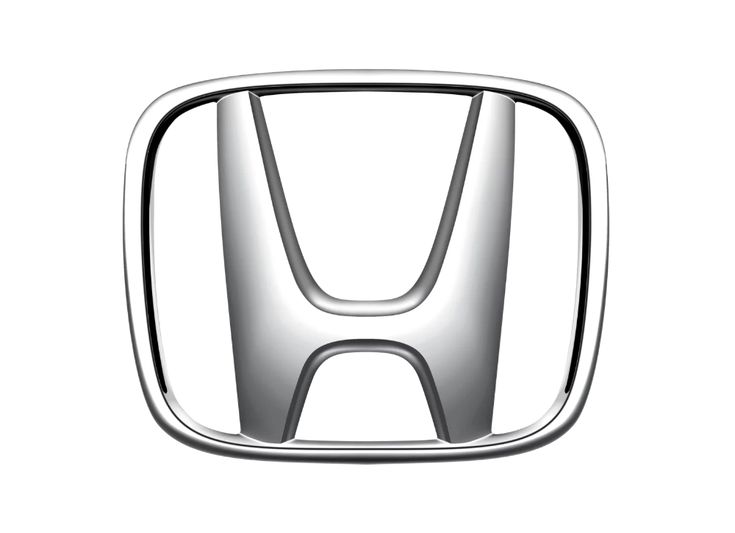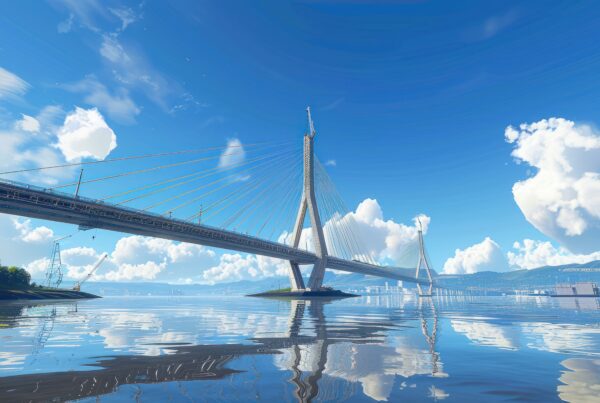Soichiro Honda – Lessons from a Master Innovator
We’ve all seen the famous logo, and we’ve all encountered Honda’s products at some point—be it their reliable cars like the Civic and Accord, their iconic motorcycles like the Super Cub and Fireblade, or even their powerful generators and lawnmowers. Honda is everywhere, a brand synonymous with quality and innovation.
But how much do we know about the man behind the name? Soichiro Honda’s story is one of grit, resilience, and visionary leadership. From humble beginnings in Japan to building a global empire, Honda’s journey is packed with lessons that inspire not just admiration but actionable insights for leaders today.
What makes his story even more remarkable is how he turned failures into opportunities and setbacks into springboards for success. His ability to connect visionary thinking with pragmatic execution sets an example for business leaders in any industry.
The Humble Beginnings of a Visionary
Born in 1906 in a small Japanese village, Soichiro Honda showed an early fascination with mechanics. He would spend hours watching vehicles and tinkering with mechanical parts. As a teenager, he began working as an apprentice at an automotive garage, where he honed his skills and developed a passion for engineering.
Despite his humble background, Honda’s ambition and curiosity were boundless. This determination to succeed would become a defining feature of his life.
In the 1930s, Honda founded his first company, Tokai Seiki, to manufacture piston rings. His initial designs were rejected by Toyota, but instead of giving up, he returned to school to refine his engineering knowledge. This early setback laid the foundation for his eventual success.
Turning Failures into Stepping Stones
Honda’s life is a testament to the idea that failure is not the end but a step on the path to success. After refining his piston ring designs, he eventually became a supplier for Toyota. Yet, his challenges didn’t stop there.
During World War II, Honda’s factory was bombed twice, and an earthquake further destroyed his facilities. Faced with devastation, Honda pivoted. He salvaged materials and began producing motorised bicycles to meet Japan’s post-war need for affordable transportation.
This resilience in the face of adversity allowed Honda to build a business that addressed immediate market needs and set the stage for future innovation.
Leadership Lesson: Failures don’t define you—your response to them does. Leaders who embrace challenges and use them as opportunities to learn and adapt often emerge stronger and better prepared for future obstacles.
Relentless Innovation as a Core Value
Honda’s relentless pursuit of innovation became the cornerstone of his company’s success. He constantly sought to push technological boundaries, challenging his team to think beyond the status quo.
In 1958, Honda launched the Super Cub motorcycle, an affordable and reliable vehicle that became an instant success. With over 100 million units sold worldwide, the Super Cub remains the best-selling vehicle of all time. This success was followed by groundbreaking advancements, such as the CVCC engine in the 1970s, which met stringent emissions standards without requiring a catalytic converter.
Honda’s philosophy, encapsulated in his statement, “Success is 99% failure,” drove the company to continuously improve and innovate.
Leadership Lesson: Innovation isn’t a one-time effort—it’s a mindset. Leaders who embed continuous improvement into their organisations ensure long-term relevance and competitiveness.
Align Strategy with Market Needs
One of Honda’s greatest strengths was his ability to anticipate and respond to market trends. In post-war Japan, he identified the urgent need for affordable transport and developed motorised bicycles that met this demand.
As Honda Motor Company expanded globally, he continued to adapt. In the United States, the introduction of fuel-efficient cars like the Honda Civic and Accord aligned with the growing demand for economical and environmentally conscious vehicles. This ability to pivot and tailor products to specific markets ensured Honda’s sustained growth.
Leadership Lesson: Stay close to your customers. By understanding their needs and adapting to market conditions, leaders can ensure their organisations remain relevant and competitive.
Building a Team of Innovators
Honda believed that great ideas come from collaboration. He fostered a company culture that valued creativity, experimentation, and open communication. His engineers were encouraged to take risks, knowing that failure was a natural part of the innovation process.
This empowerment not only drove innovation but also created loyalty and dedication within his workforce. Honda’s leadership style exemplifies the importance of trust and collaboration in achieving extraordinary results.
Leadership Lesson: Empowered teams drive performance and innovation. Leaders who create environments where employees feel trusted and valued unlock the full potential of their organisations.
Balancing Vision with Pragmatism
While Honda was a visionary, he never lost sight of practical realities. He paired bold ideas with disciplined execution, ensuring that the company’s growth was both sustainable and scalable.
For example, Honda invested heavily in cutting-edge manufacturing techniques to maintain quality as demand grew. This balance of ambition and operational excellence became a hallmark of the company’s success.
Leadership Lesson: Visionary leaders must pair bold ideas with practical execution. Long-term success comes from balancing innovation with efficient operations.
Lessons for Leaders
Soichiro Honda’s journey is a powerful reminder that leadership is about more than achieving success—it’s about how you respond to challenges, inspire innovation, and create a lasting legacy.
Here are three actionable lessons for leaders:
- Turn Failures into Opportunities: Failures are stepping stones for growth. Embrace challenges as opportunities to learn and build resilience.
- Foster a Culture of Innovation: Bold thinking and continuous improvement ensure relevance and success. Empower your team to experiment and challenge the status quo.
- Align Strategy with Market Needs: Stay close to your customers and adapt to their evolving expectations. Tailored solutions create loyalty and maintain competitiveness.
By applying these principles, leaders can overcome challenges and position their organisations for lasting success.
Further Reading
To dive deeper into the concepts explored in this article, check out the following guides:
- Building Resilience: Thriving Under Pressure
Learn strategies to embrace failure, adapt to challenges, and lead your team with confidence through adversity. - Driving Innovation: Staying Ahead of the Curve
Explore how to foster a culture of innovation that propels your organisation forward in a competitive market. - Adapting to Customer Needs: Creating Value During a Downturn
Discover how to anticipate customer needs, deliver relevant solutions, and maintain loyalty in changing markets.
What challenges or opportunities could you address differently by applying Honda’s principles?
Prepare to move,
Trevor
#LeadershipLessons #Resilience #Innovation #TeamEmpowerment #Adaptability #SoichiroHonda #BusinessLeadership #TurningFailureIntoSuccess #MarketInsight #TeamCollaboration




